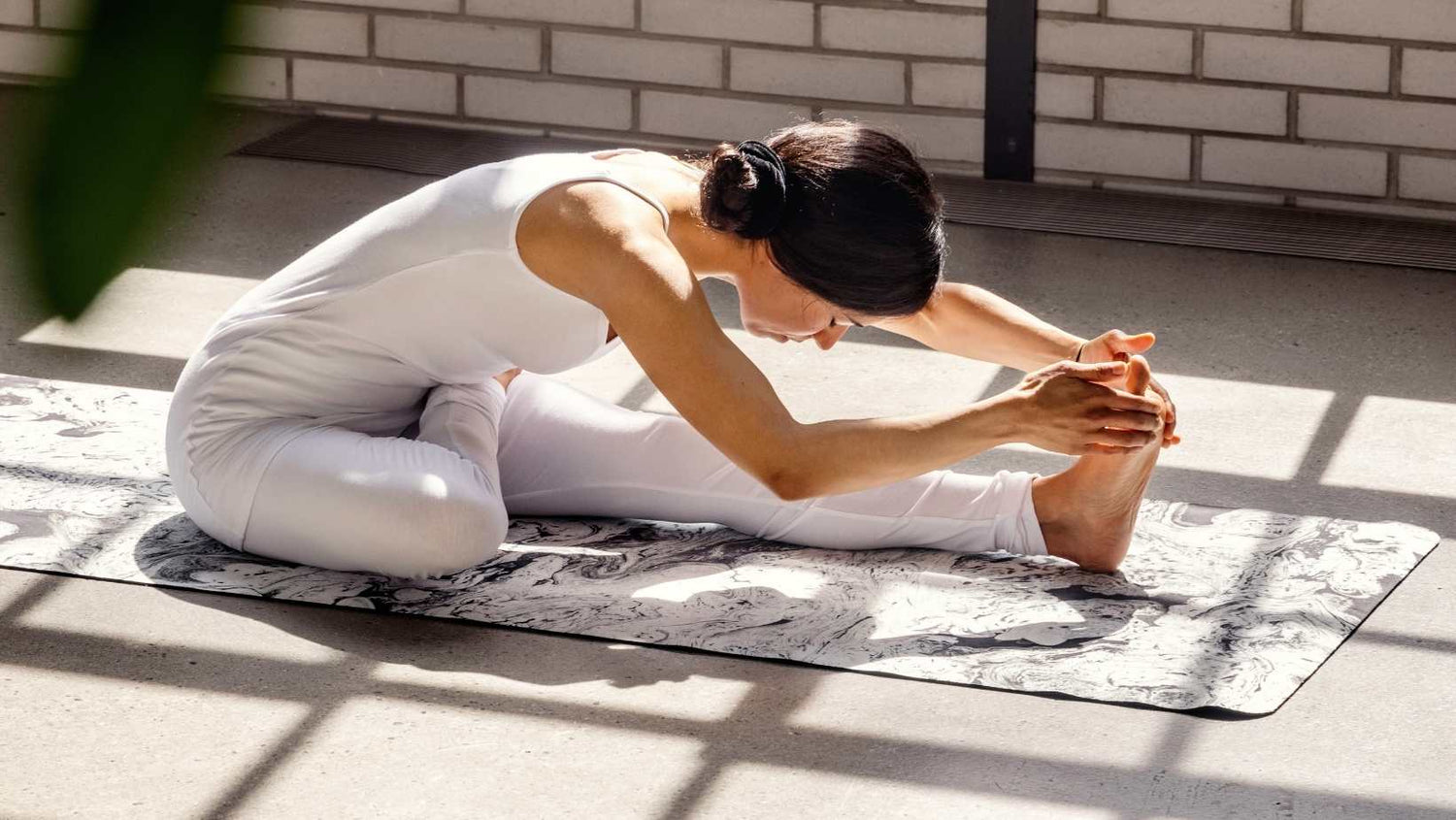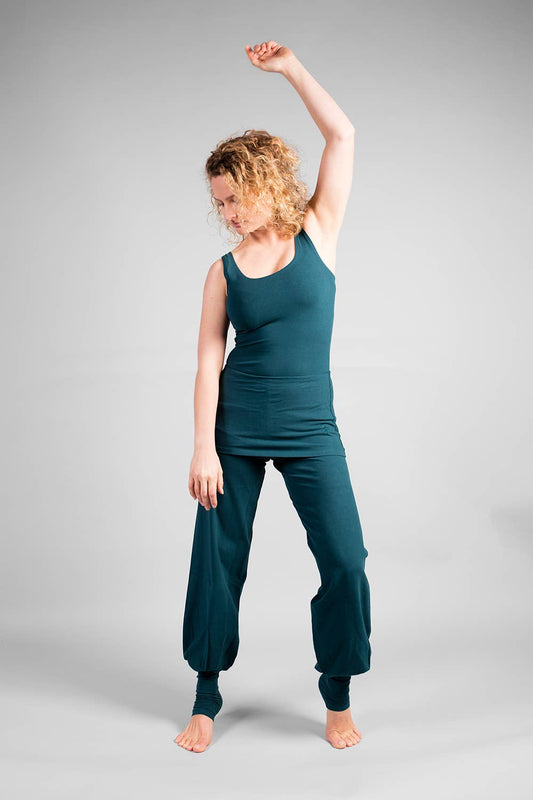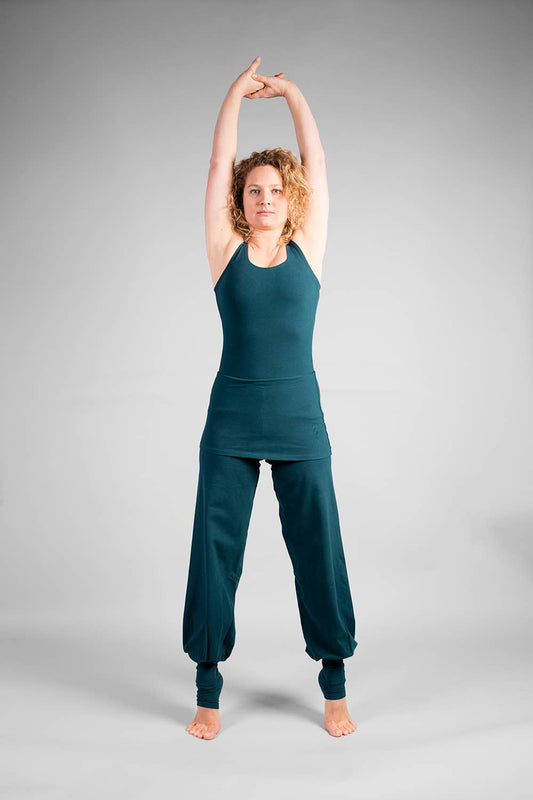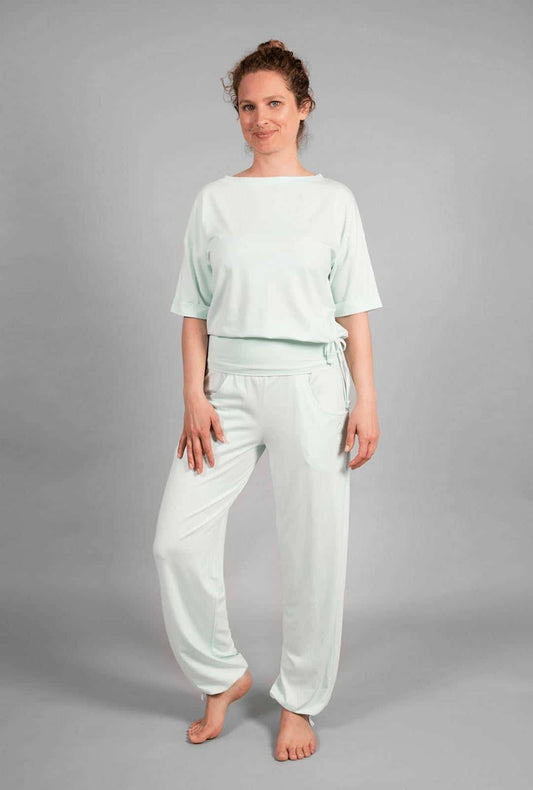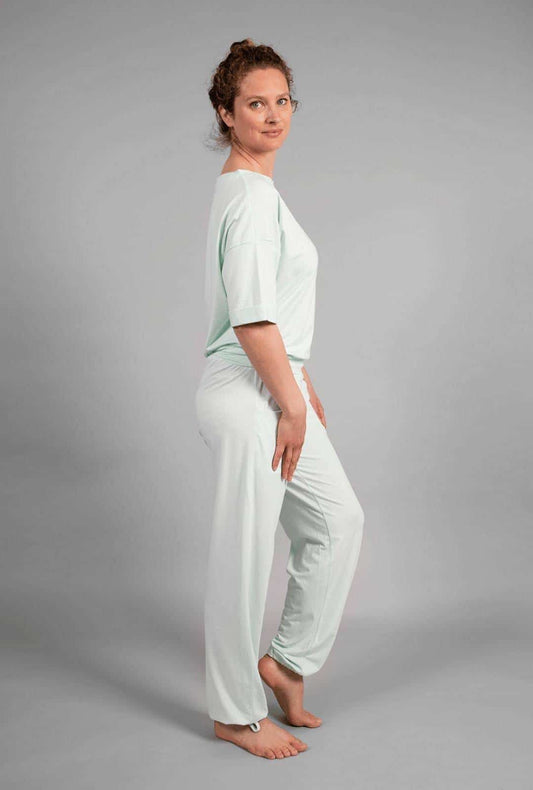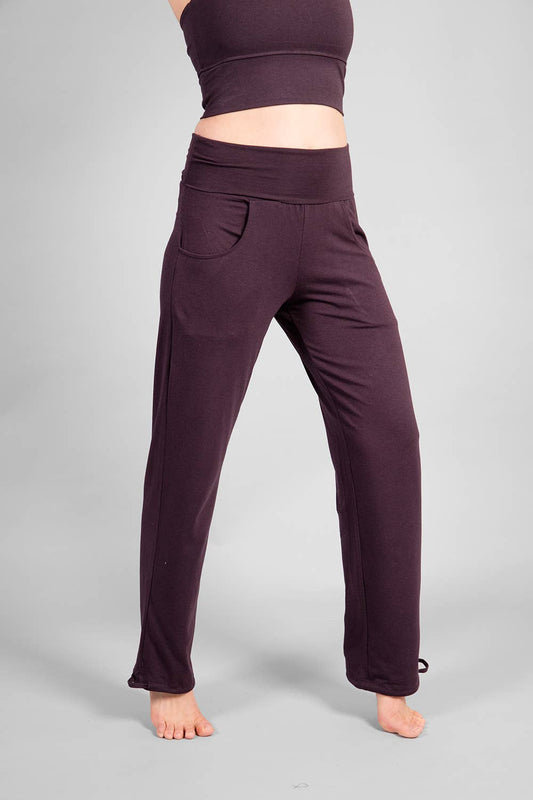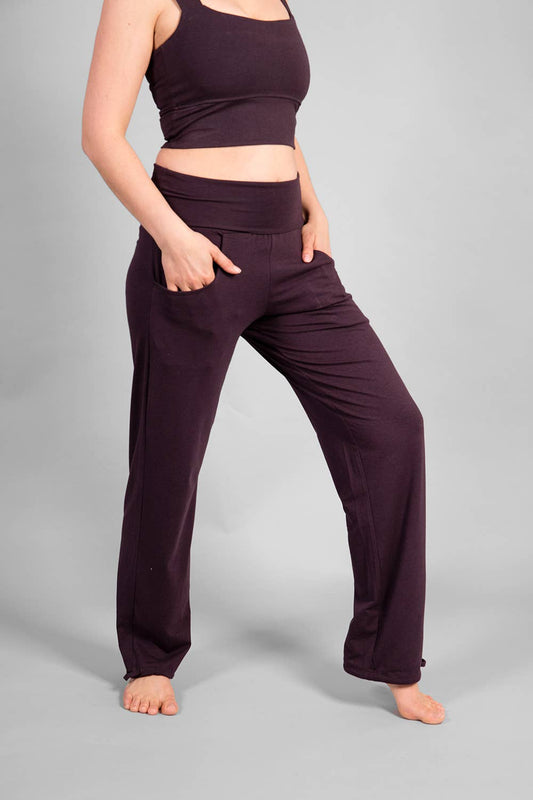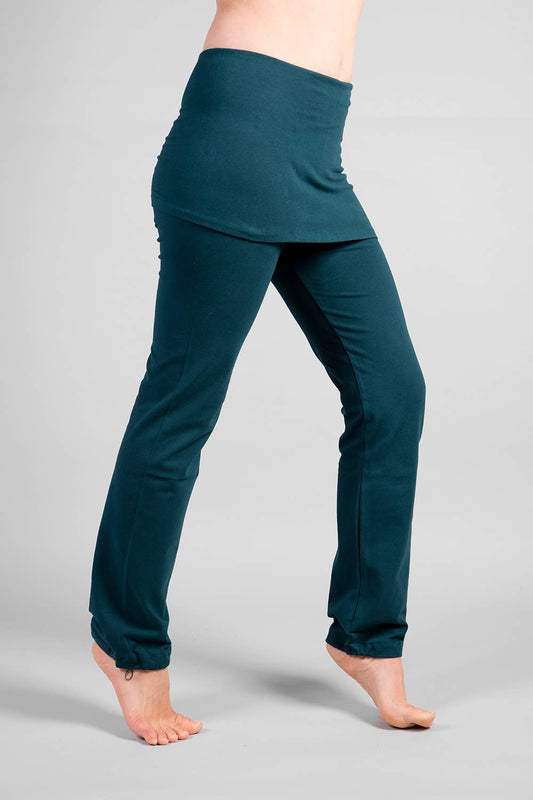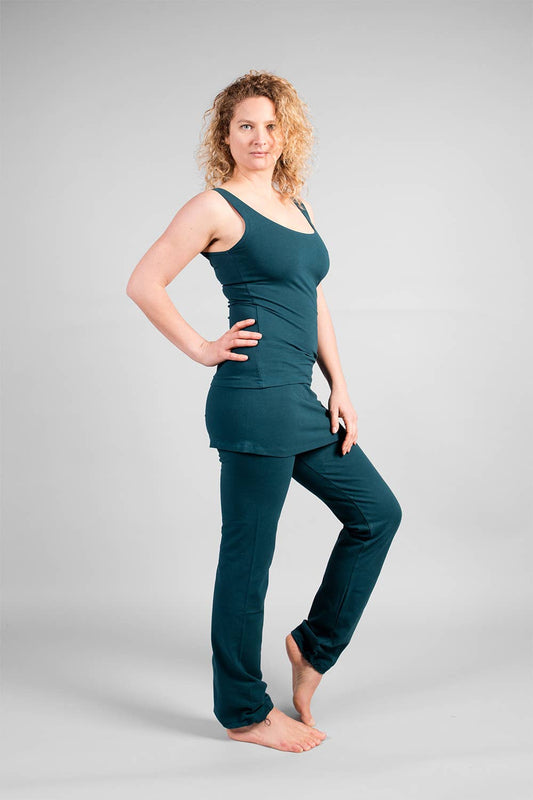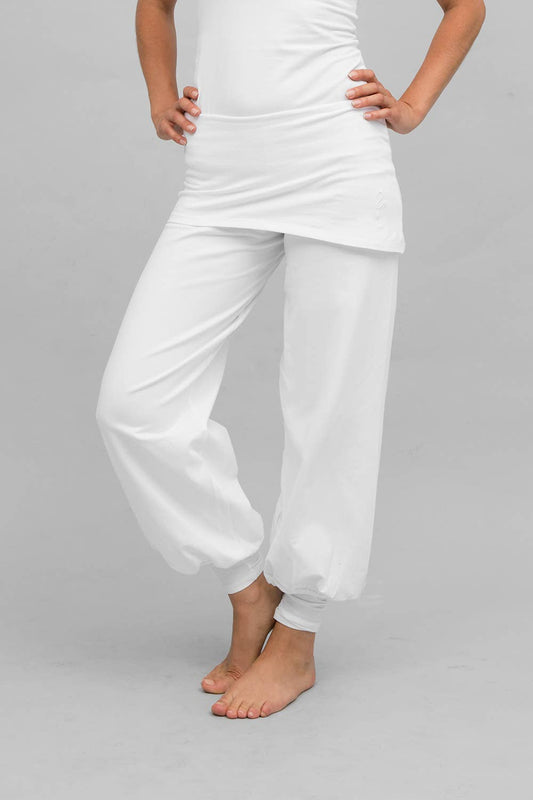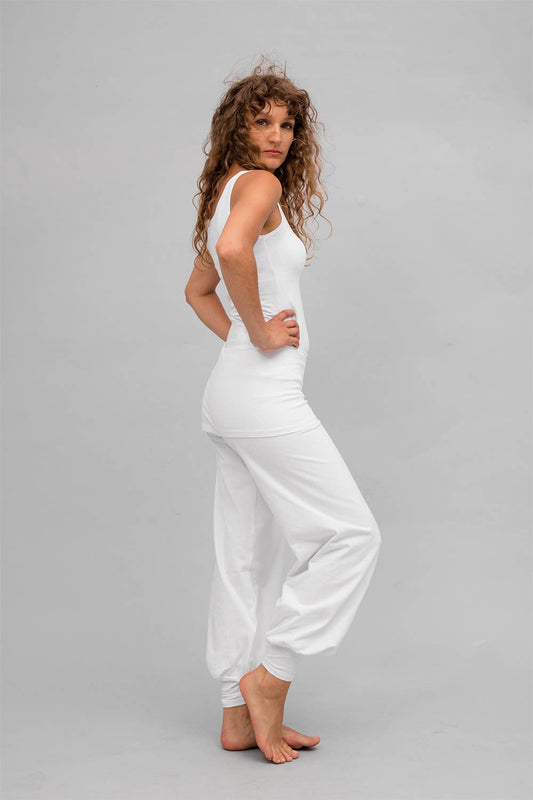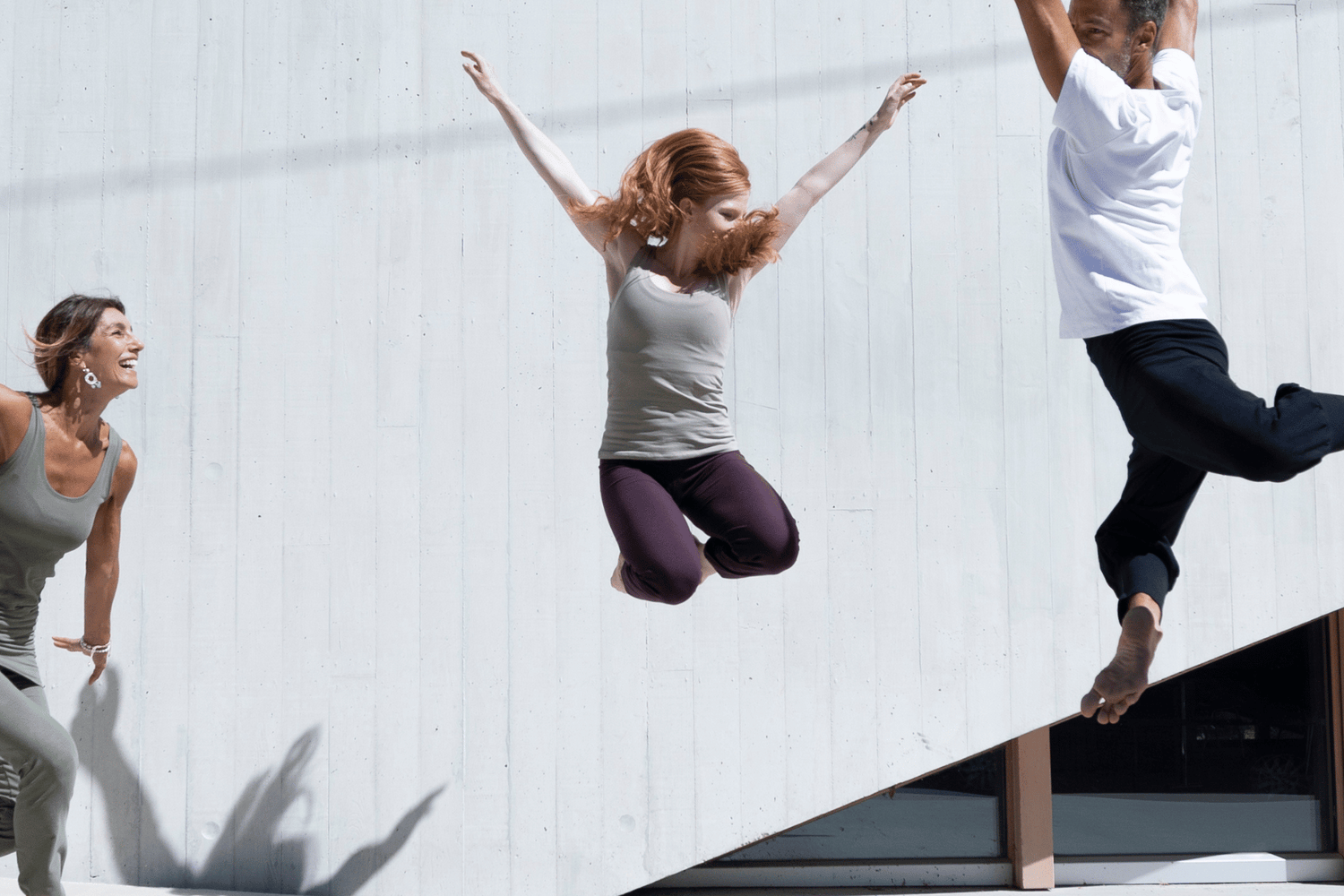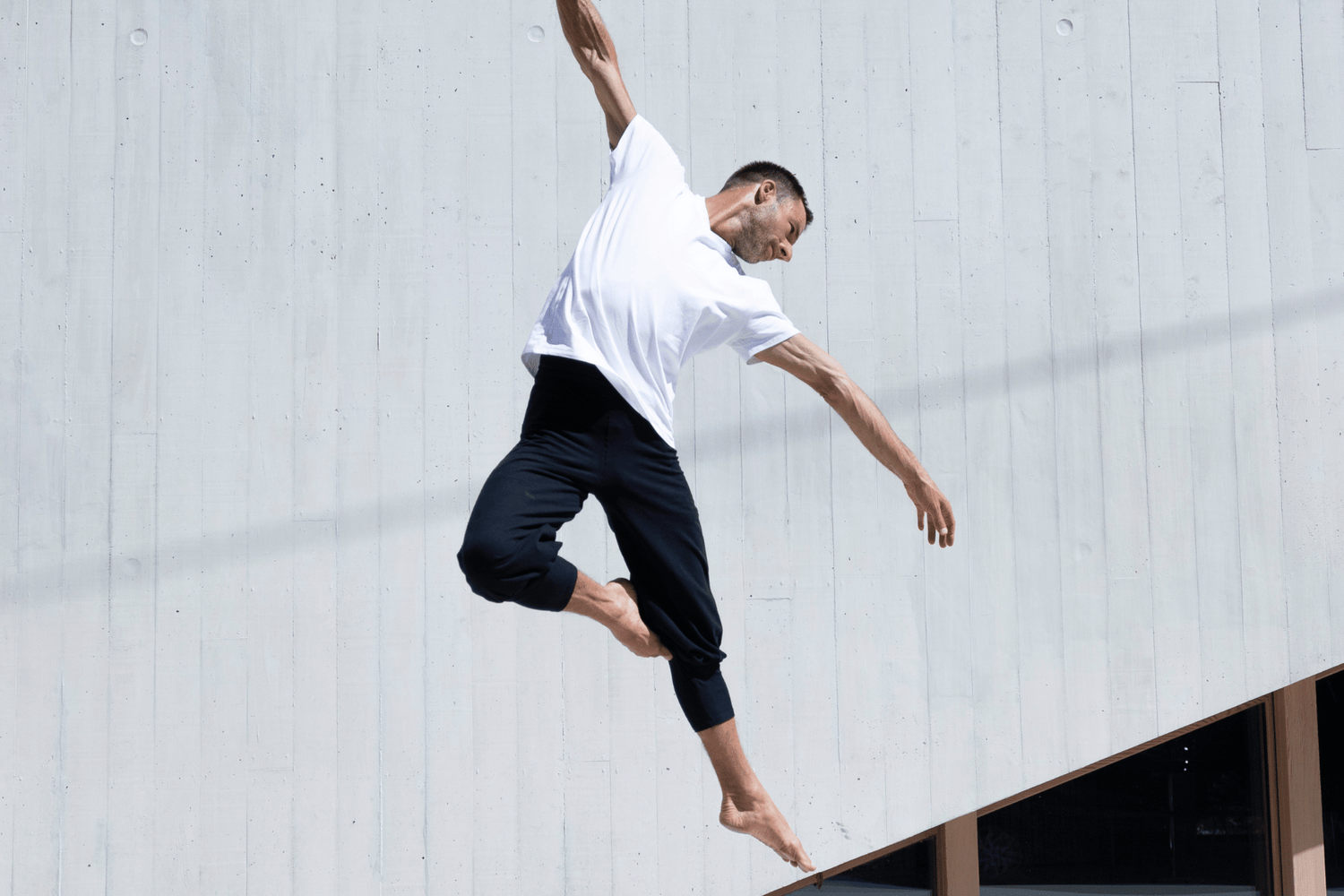Confortable, soft and elegant yoga wear to flow with you on and off the mat and through all stages of life. Made with natural fabrics and ethically sourced since 2009
-
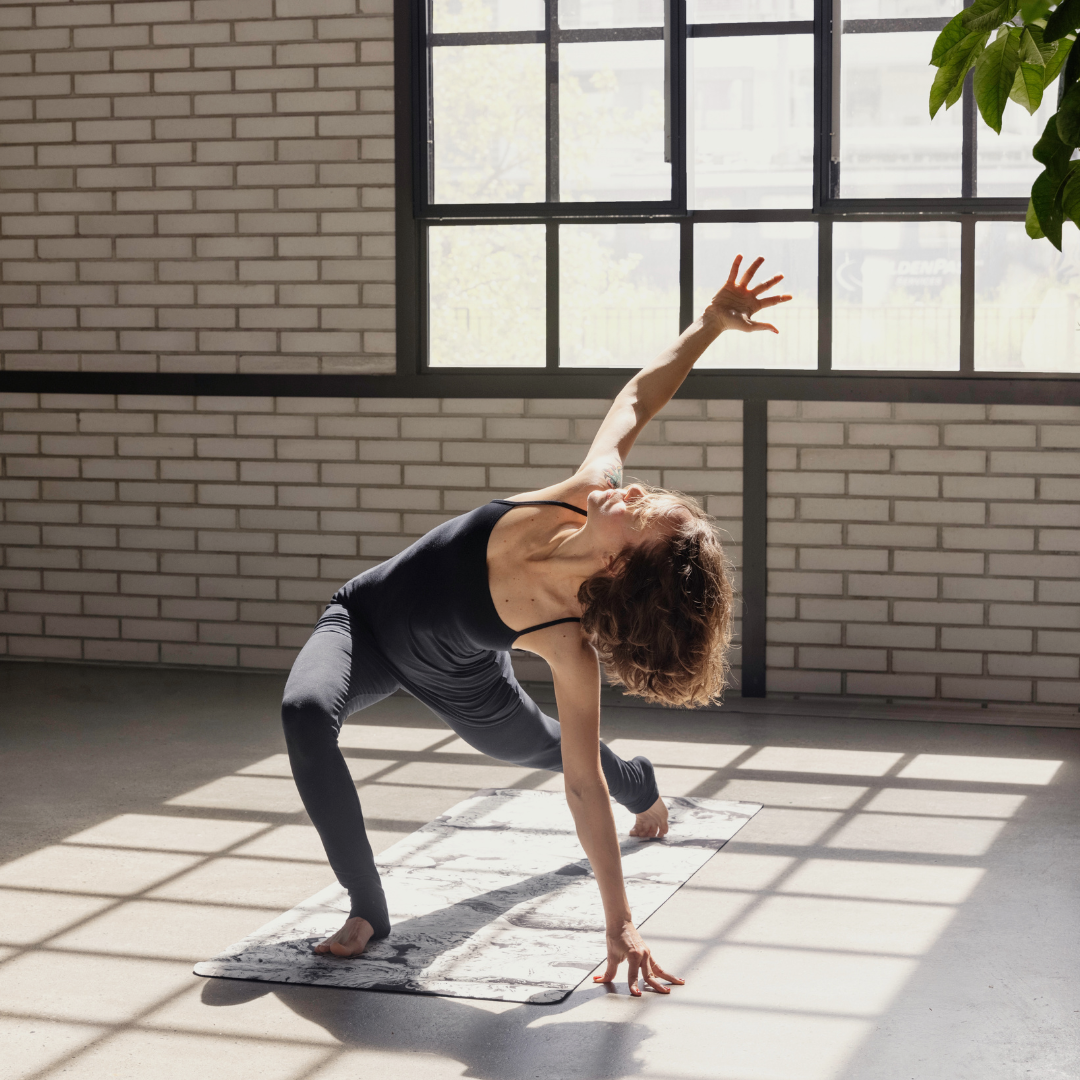
Women's yoga clothes
Discover our yoga clothes for women in many colors and in natural...
-
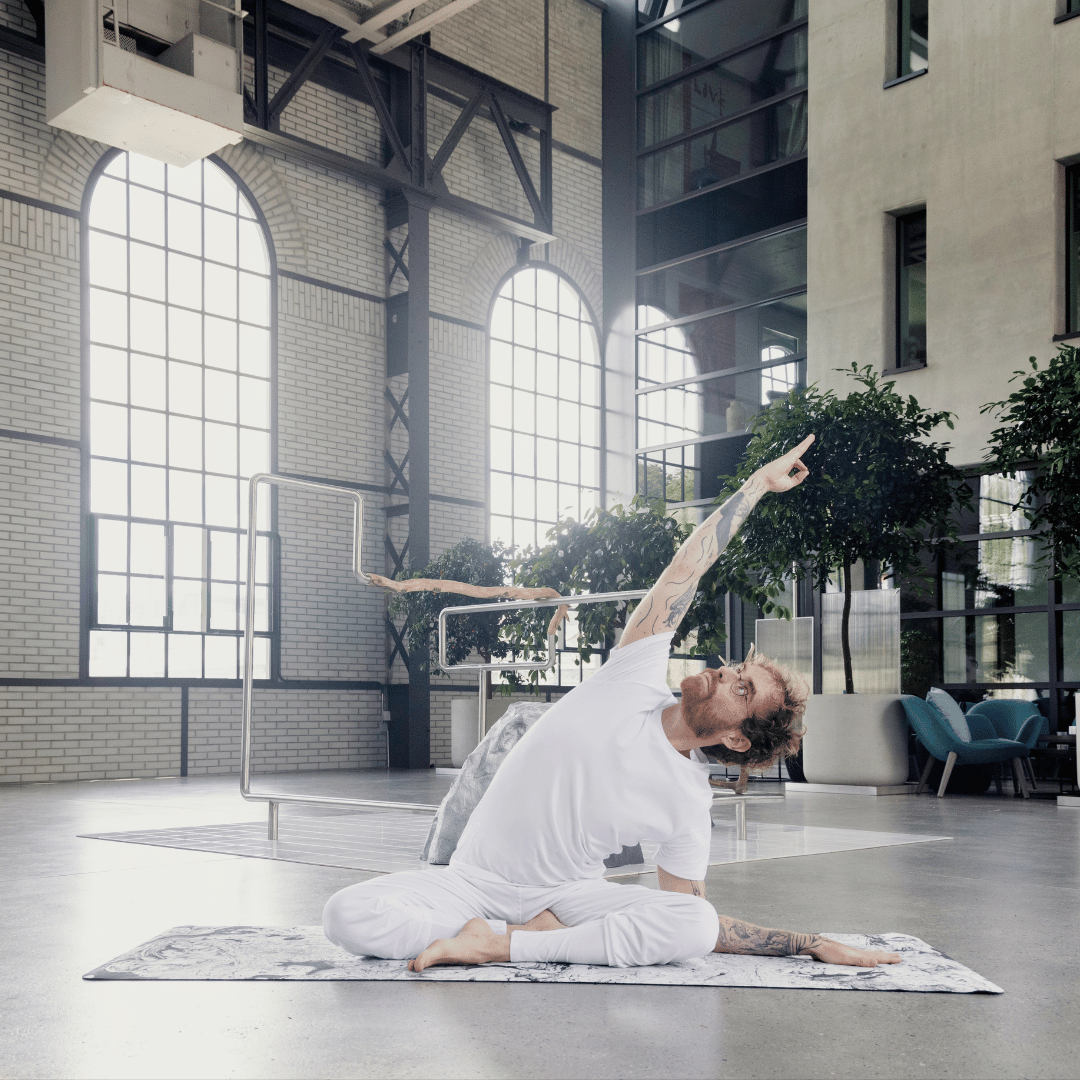
Men's yoga clothes
Discover our collection of clothing for men. Since 2009, we have been...
Shop our bestellers
-
Sohang yoga pants - Deep Green
Regular price €99,00 EURRegular priceUnit price per -
Lilii Women’s Loose Fit Pants - Mint
Regular price €95,00 EURRegular priceUnit price per -
Lilii Women’s Loose Fit Pants - Dark purple
Regular price €95,00 EURRegular priceUnit price per -
Yamala yoga pants - Deep green
Regular price €99,00 EURRegular priceUnit price per -
Sohang yoga pants - White
Regular price €99,00 EURRegular priceUnit price per

Slow fashion and eco-conscious
All our garments are made in Portugal or in Turkey by our valued partners. We only produce what is necessary.
Image taken in the Portuguese workshop during the production of Sohang pants.
We make yoga clothes for you that combine perfectly with each other to make beautiful outfits.

